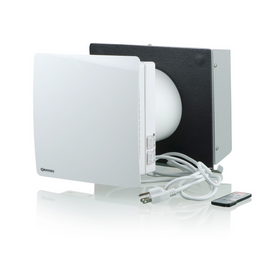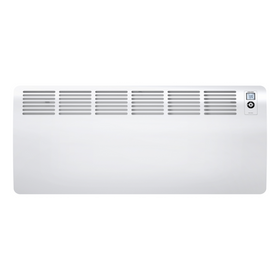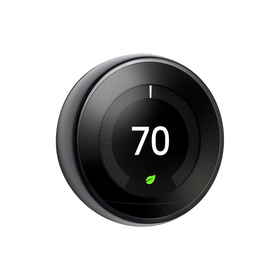
Can Second Homes Be Sustainable?
Last Updated: Feb 23, 2025Here in The North—which is how a new generation of Minnesotans are rebranding their geographical location while launching a climate change initiative with environmentalist Will Steger called Keep the North Cold—having a second home is a tradition. It’s called “the cabin.” Second-home buyers searching for the perfect cabin, usually on a lake or river, that can be passed down through the generations, are an active demographic for realtors.
Table of Contents
- A Look at My Family's Second Home
- Sustainable Building Strategies

"In Minnesota, we nurture cabin dreams," writes Edina Magazine. "The land of 10,000 lakes has been churning out cherished memories for generations, and, naturally, many of us want to continue the tradition. According to the National Association of Realtors, 22 percent of the nation's vacation homes are cabins or cottages; these little dwellings surrounded by nature continue to be popular, providing equal doses of nostalgia and escape from our busy, grown-up lives full of stuff."
Having a second home, of course, is inherently not sustainable in the environmental sense. Not only does a second home require financial and economic resources to maintain, but the travel required to reach a second home (whether by plane, train, boat, or automobile) results in greenhouse gas emissions, air pollution, noise, land use, and water pollution. At the same time, however, many small communities rely on the financial resources second home buyers bring to help sustain their livelihoods.
As Dr. Ziene Mottiar, Faculty of Tourism and Food, Dublin Institute of Technology, notes, "there are two seemingly paradoxical aspects to sustainable development, namely conservation and development… Thus it is a matter of preserving, for instance, the wealth of species in a natural area, and at the same time, striving for development in a society to attain the goals of greater welfare for the people. This necessitates the management of 'the process of change in such a manner that it occurs in as benign a way as possible rather than by accident."
In addition, one aspect of sustainability is resource utilization. A home sitting empty is simply wasting resources, whereas one used for people is serving a purpose. Rise wrote about how Airbnb can increase the sustainability of your home because it allows homeowners to rent out their homes or extra rooms that are not being used, thereby providing shelter for more people.
A Look at My Family's Second Home
Acquiring a second home can happen in ways other than purchasing a cabin "Up North." Along with family tradition, matters of the heart and practicality can all play a role in owning and maintaining a second home. For me, all three have come into play.
In the 1960s, my Grandmother moved to Sedona, Arizona, and my family has been going there ever since. When Gram passed, my Dad, Uncle, brother, and I bought Gram's home—a decidedly not fancy but cozy builder house in which we host family reunions, regularly vacation, and rent out on occasion.

Innovative options for creating a second home that incorporates sustainability from the get-go include opting for a shipping container cabin, cottage, or sustainable prefab home. Going off-grid ups a home’s sustainability factor to the max. Building or remodeling with recycled materials is innovative and often results in homes with unique materials and styles. Tiny houses keep second-home living compact, sustainable, and affordable. How about incorporating strategies that will help your second home generate income? Renting out your home through Airbnb can help get that home utilization rate up.
However, many second-home buyers seek a legacy home as a vacation retreat for their current family to pass the property on to children and grandchildren. Charles Cunniffe Architects in Colorado designed a sustainable legacy home that was LEED Silver certified. They accomplished their goal by siting the home wisely to maximize passive solar and ventilation and incorporated solar and geothermal and such energy-storage capacities as batteries, generators, and fuel cells.
Camille LeFevre
Camille LeFevre is an architecture and design writer based in the Twin Cities.












